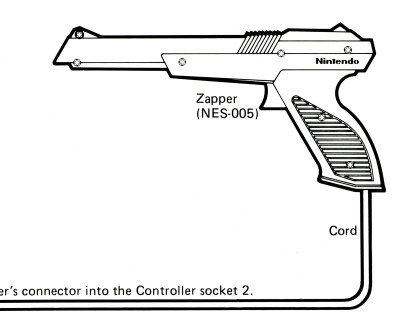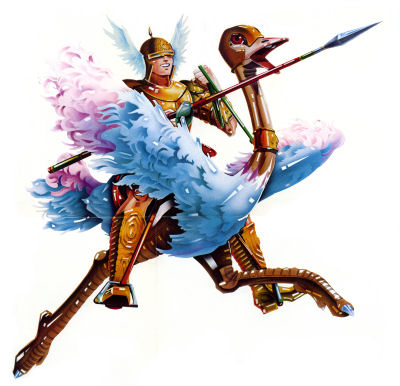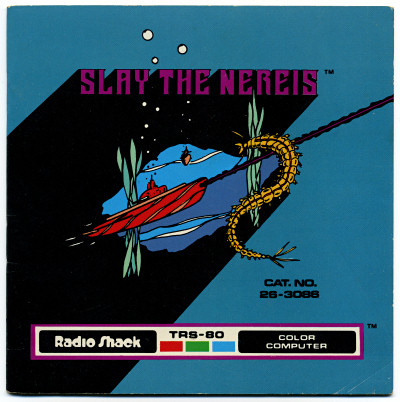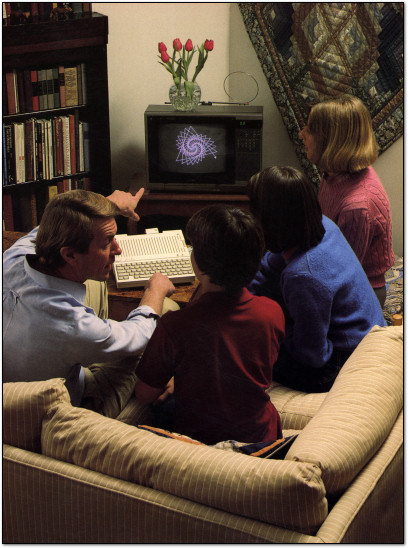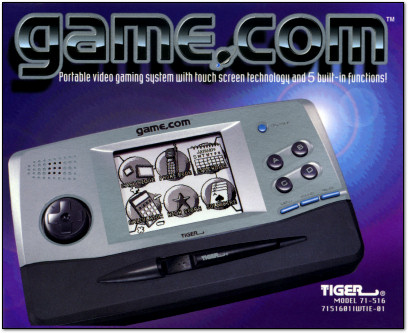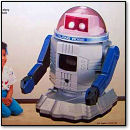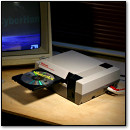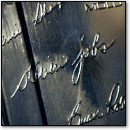[ Retro Scan ] HP 95LX
Tuesday, August 30th, 2016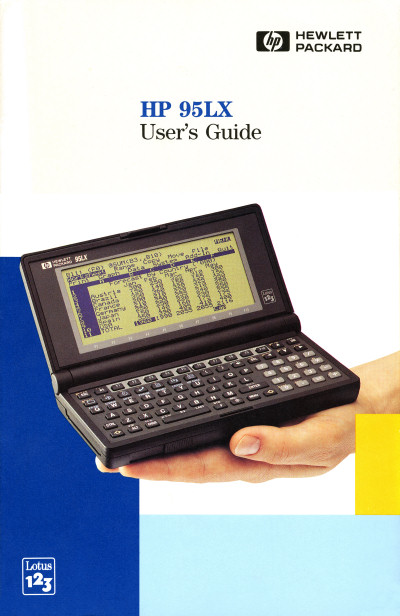 HP-95LX: Like a computer-shaped cookie that you can’t eat
HP-95LX: Like a computer-shaped cookie that you can’t eat
In case you didn’t know, the HP 95LX is a small, portable IBM PC compatible machine running a full version of MS-DOS that ran off of two AA batteries. It marked the beginning of HP’s palmtop computer line, which I wrote about recently in a slideshow for PCMag.com.
The HP 95LX is special to me in particular because I’ve had one for over 20 years now. My dad bought the machine slightly-used from a friend not long after it came out. After fiddling around with it for a while, he gave it to me, and by 1993, I had it in my collection.
Using an RS-232 serial cable my dad built for me, I managed to transfer some MS-DOS programs to it (a few text-mode games mostly, and a few HP 95LX apps I downloaded from CompuServe), that I remember taking to school and using once or twice just for kicks. I also used that serial cable to hook the 95LX to a modem so I could call BBSes with it.
The worst thing about the 95LX — aside from its 1/4 CGA screen that doesn’t let you run many MS-DOS apps — is that if you don’t have a plug-in memory card, you lose all your saved data on the RAM disk if it runs out of batteries. Sure, it has a backup coin cell battery (or maybe two), but if that runs out, you’re out of luck. The PC Card-like memory cards cost a lot of money back in the 1990s, so I never had one until recently.
Still, it’s an amazing little machine. Very capable — if you have the patience to use it. A few years later, HP got everything right with the 200LX, which is still a popular portable MS-DOS machine among certain diehards today.
Discussion Topic: Did you own a palmtop PC in the 1990s? Tell us about it.
